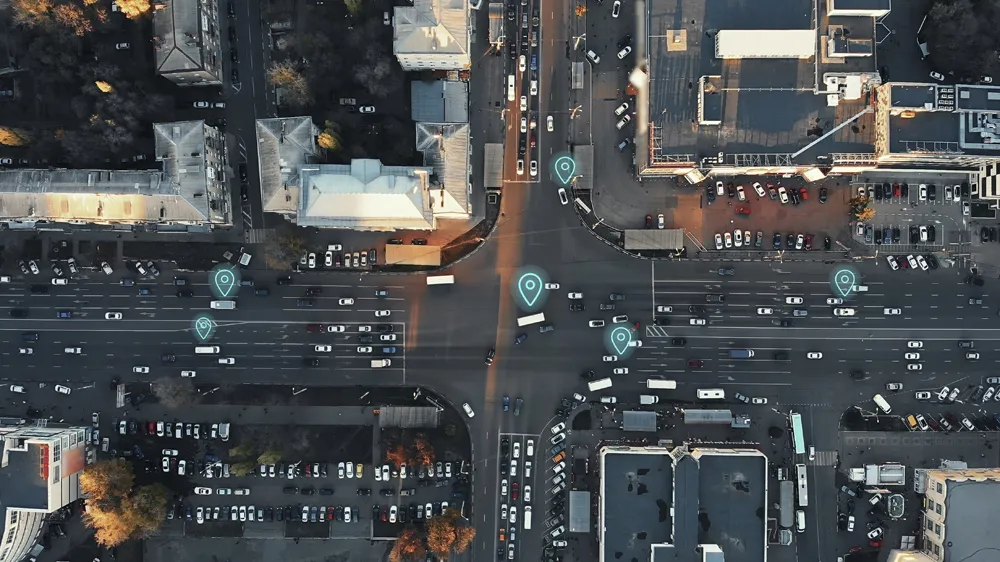The device streams uncompressed video with low, consistent latency at sustained throughputs of more than 150 Mb/s over an IEEE 802.11n wireless link. Video is transferred directly to a laptop, tablet, or single-board computer, eliminating the need for a desktop PC with an expensive frame grabber card. The ultra-compact hardware is easily integrated with core sensor electronics and is fully compliant with Version 2.0 of the GigE Vision standard, simplifying its use in multi-vendor environments.
According to Pleora, the interface meets growing demand for wireless video connectivity in medical, military, transportation and industrial automation applications.
In free-flow traffic tolling systems that must operate 24/7 in all weather conditions, the interface is easily embedded into cameras to eliminate expensive video cabling, setup and networking components. It provides a large frame buffer, allowing fast sensor readout of high data rate images and metered delivery of data over the wireless link directly to a small form factor, lower power processing platform that can be located at the roadside for more convenient maintenance. The embedded video interface firmware can be upgraded via the wireless link, further simplifying in-field maintenance.
“In many imaging applications, video cabling is cumbersome and adds system complexity and component costs,” said Pleora Kimm Krueger, vice president of Marketing. "Our iPORT NTx-W Embedded Hardware allows imaging system manufacturers to solve these end-user challenges with real-time wireless video capability that is reliable, standards compliant, and works with almost any type of computer as the end-point."
Wireless video interface for automated traffic tolling
Canadian video interface supplier Pleora Technologies has unveiled the world’s first embedded hardware solution for delivering real-time video over a standard IEEE 802.11 wireless link. With Pleora's iPORT NTx-W embedded video interface, designers can quickly and easily integrate high-speed wireless connectivity into imaging systems where video cabling creates complexity, cost, and usability challenges.
The device streams uncompressed video with low, consistent latency at sustained throughputs of more t
July 16, 2014
Read time: 2 mins
Canadian video interface supplier 7179 Pleora Technologies has unveiled the world’s first embedded hardware solution for delivering real-time video over a standard 6781 IEEE 802.11 wireless link. With Pleora's iPORT NTx-W embedded video interface, designers can quickly and easily integrate high-speed wireless connectivity into imaging systems where video cabling creates complexity, cost, and usability challenges.









